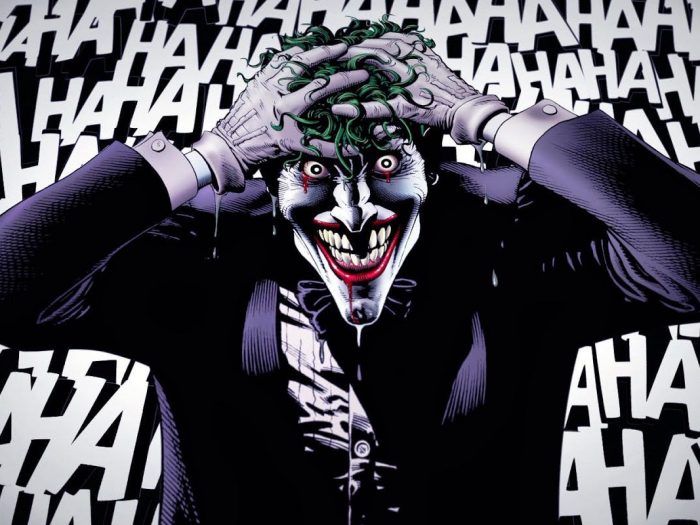
Does the Joker Need an Origin Story? Minor Spoilers for Joker (Part the Second)
Within the Batman mythos, there has been an often returned to theme: Batman and the Joker are two interwoven pieces whose relationship is perpetual in its conflict, if not symbiotic in its necessity. As of late, particularly in the work of Scott Snyder, the Joker carries an infatuation with Batman, sometimes akin to that of an unrequited lover. The Joker and Batman are portrayed as two sides of the same coin and one does not exist without the other. Sometimes this is taken a step further: Batman and the Joker are so similar that Batman is always teetering on the edge of becoming the Joker. For a portrayal that is more on the nose, I direct you to The Batman Who Laughs, created by Snyder in the miniseries Dark Nights: Metal. The common theme often employed in recent history is that the Joker and Batman have more in common than they have in contrast. Those contrasts may be significant (Batman does not kill, and lives a by a code), but as the Joker tries to illustrate in Alan Moore’s The Killing Joke, Batman may only be one bad day from becoming his arch nemesis.
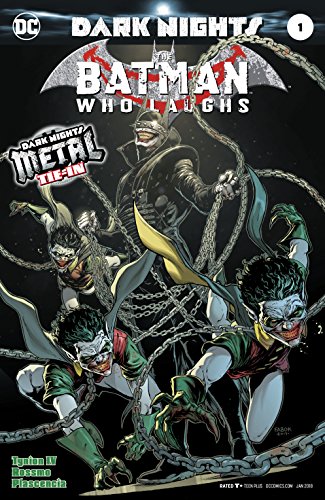
Yet what separates Batman from the Joker, and furthermore what separates all of the rogues’ gallery from the Clown Prince, is a well known and canonized backstory. The presence of an origin story is noticeably lacking in the Joker’s history. Several versions have been portrayed in comics, but the Joker of Batman canon confesses he does not remember his history the same way each time and prefers multiple choice. And here lies the rub with equating the Joker as Batman’s darkest potentiality.
Batman is in many ways a noir hero. He is a protagonist pursuing righteousness in the midst of a corrupt world that feeds off of itself. In the spirit of films such as The Maltese Falcon or pulp characters such as The Shadow, the Dark Knight faces the forces of oppression and malevolence that plague Gotham City when no one else will. And Batman recognizes the humanity and loss of many of his own foes as well.
Every foe Batman faces has an origin story that turns them into a tragic or sympathetic villain. Mr. Freeze is motivated by finding a cure for his chronically ill wife; Poison Ivy is an environmental scientist and activist turned mutated eco-terrorist; even the Riddler is sympathetic in the way his obsession with puzzles plays out in his pathology. None of these villains are ever killed by Batman because he fundamentally believes each of them has the potential for redemption. He is familiar with their origins. And each villain has traits that reflect Batman’s own. The Scarecrow weaponizes fear in the same fashion as Batman. Ras Al’Ghul acts with a certain sense of extreme, purifying justice.
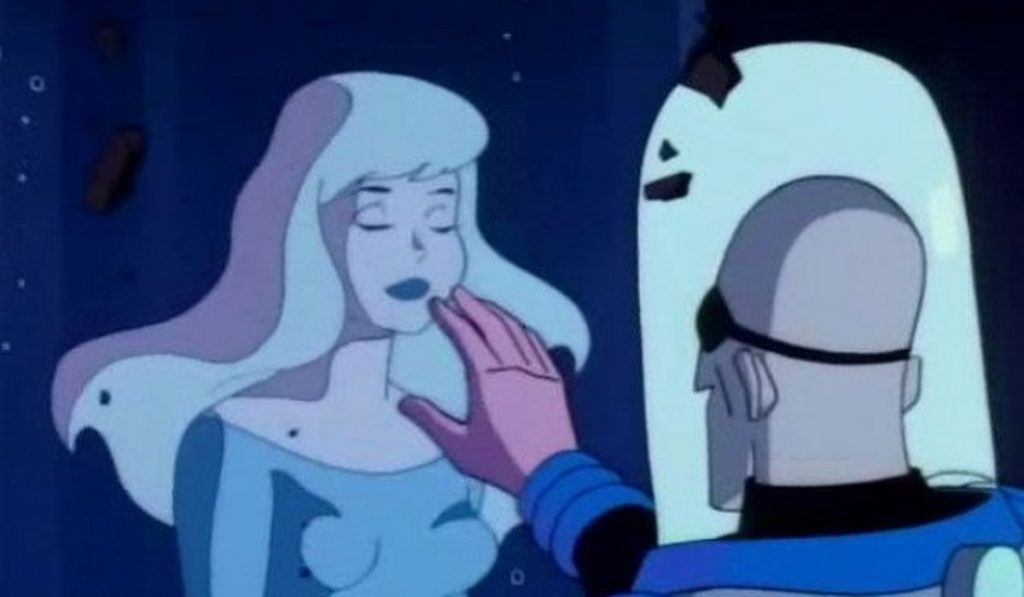
However, the Joker shares none of these traits. The Joker does not reflect a piece of Batman back on himself. He does not have an origin story that stirs up Batman’s sympathies. Instead, the Joker stands as the presence of meaningless chaos in Gotham City. The Joker remains a mysterious force rather than a humanized person. It is his role as an “agent of chaos” that pushes Batman’s convictions to its limits. He has no end goal or motivation like the rest of Batman’s rogues’ gallery. The Clown Prince of Crime is not even motivated by something as simple as wealth or conventional power. He only wants to rob the world of any structure. If he has any motivation, it has been his obsession with Batman (something developed more in recent history by Scott Snyder). The Joker is reminiscent of the character of Satan in the book of Job. In Alan Moore’s The Killing Joke, the Joker is the one who looks at Batman’s righteousness and says “All it takes is one bad day to reduce the sanest man alive to lunacy. That’s how far the world is from where I am. Just one bad day.”
It was with this framework in mind that I admit I walked into Todd Philips’ Joker with a some skepticism. It seems to me that the creation of an origin story for the Joker undermines the Joker’s very role in the Batman canon, and it is unwise to stir up too much sympathy for a villain whose sole role is to sow chaos. Imagine my apprehension when Philips appeared to go the extra mile in Joker by taking the Joker/Batman equation to an unprecedented extreme: the revelation that Arthur Fleck was Thomas Wayne’s illegitimate son. The Joker and Batman are brothers. It is a narrative choice that I’m sure made many fanboys squeal with anticipation. The greatest hero/villain relationship in modern history is now a horrible, secret family affair. In this rendition, the Joker is who he is because the esteemed Wayne family has a dark secret.
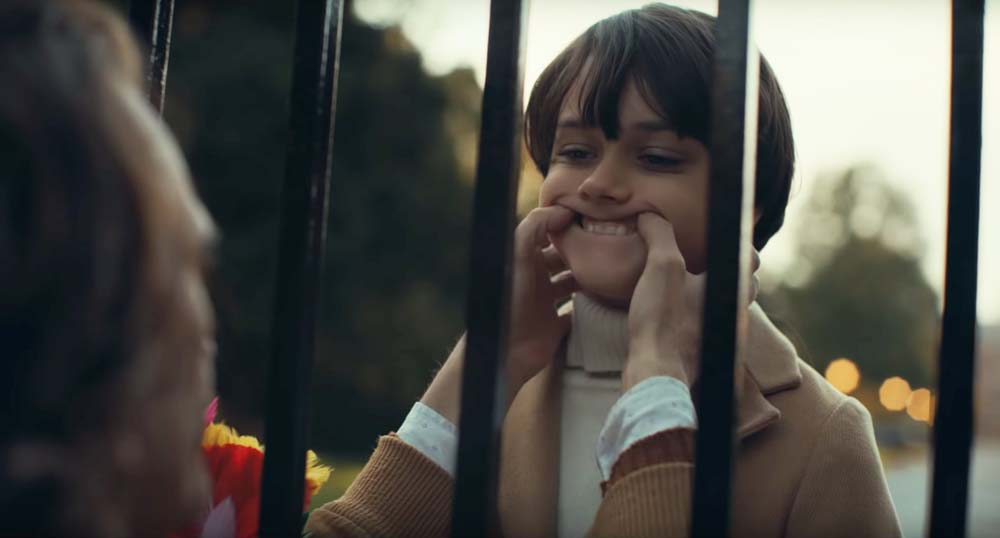
The revelation is muddied when Fleck steals his mother’s case file from Arkham Asylum, which confirms Thomas Wayne’s claim that Fleck’s mother is mentally ill, and that she adopted Fleck and exposed him to her abusive boyfriend. Penny Fleck then tells her son that Thomas Wayne used his money to fabricate the documents to cover up their affair. Who to believe? The thread of delusion and unreliable narration on the part of Arthur Fleck runs strong, but the question still remains. Are he and Batman brothers?
In one of the film’s most eerie scenes, Arthur Fleck converses with a young Bruce Wayne through the front gate of Wayne Manor. Both are wearing yellow coats, and Fleck tries to make Bruce smile. He even going so far as to force smile on the boys face with his thumbs through the bars of the gate, which is a great allusion to the times Joker has painted smiling faces on Batman’s image throughout comic book history.
In the end, the subject of Arthur Fleck’s parentage becomes irrelevant, even in his own mind. He murders his mother, then kills Murray the late night host (who holds some place as a father figure in Fleck’s mind). Joker is born of Arthur Fleck’s abandoning of any sense of origin. I wonder if Philips is aware that at the end of the day, the origin of the Joker is not the point of the character, but the chaos and mayhem he incites for sheer hedonistic pleasure.
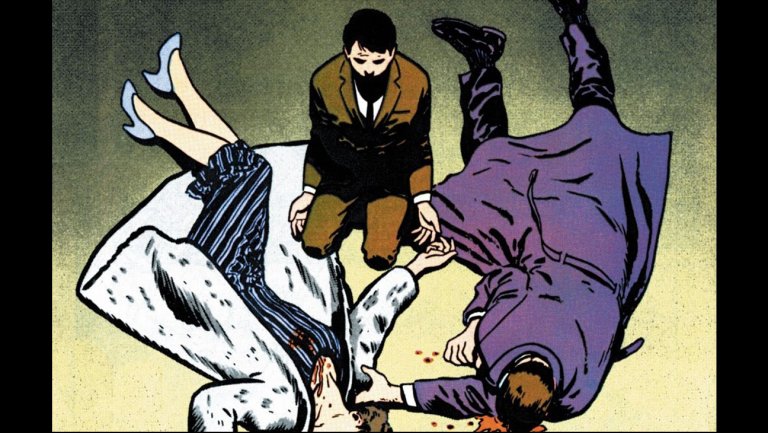
In the movie’s final scene, the Wayne family exits a movie theater in the midst of the riot. They are confronted in an alley by a man in a clown mask. In a moment comic book readers and movie goers have seen time and again, Thomas and Martha Wayne are shot dead, and their son Bruce is the only survivor. Joker ends with Batman’s origin story.
Yet Philips chooses to take a degree of creative license with this iconic scene. It is comic book canon that the Waynes were murdered on their way home from a movie theater. In the canonical version of this story, the movie on the marquee is 1940’s The Mark of Zorro. However, in Joker the movie on the marquee is the 1981 comedy Zorro: The Gay Blade. Rather than showing the film that clearly influences the very imagery of Batman, Philips chooses to replace that reference with the farcical satire.
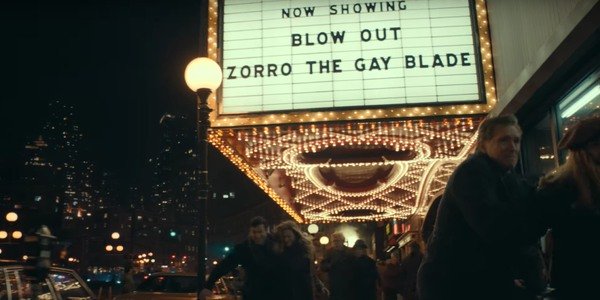
Are we, the audience, meant to realize we just sat through a farce? Did Todd Philips create some parody which asks “Does the Joker’s origin matter?”
Feel free to tweet or comment below!
Thank you for reading my two-part reflection on Todd Philips’ Joker. in case you missed it, here is Part 1!
Have thoughts or reactions? Think I’m reading too much into the movie? Have any suggestions for “Minor Spoilers”? Leave it in the comments below or email me at thepilgrimgeekblog@gmail.com.